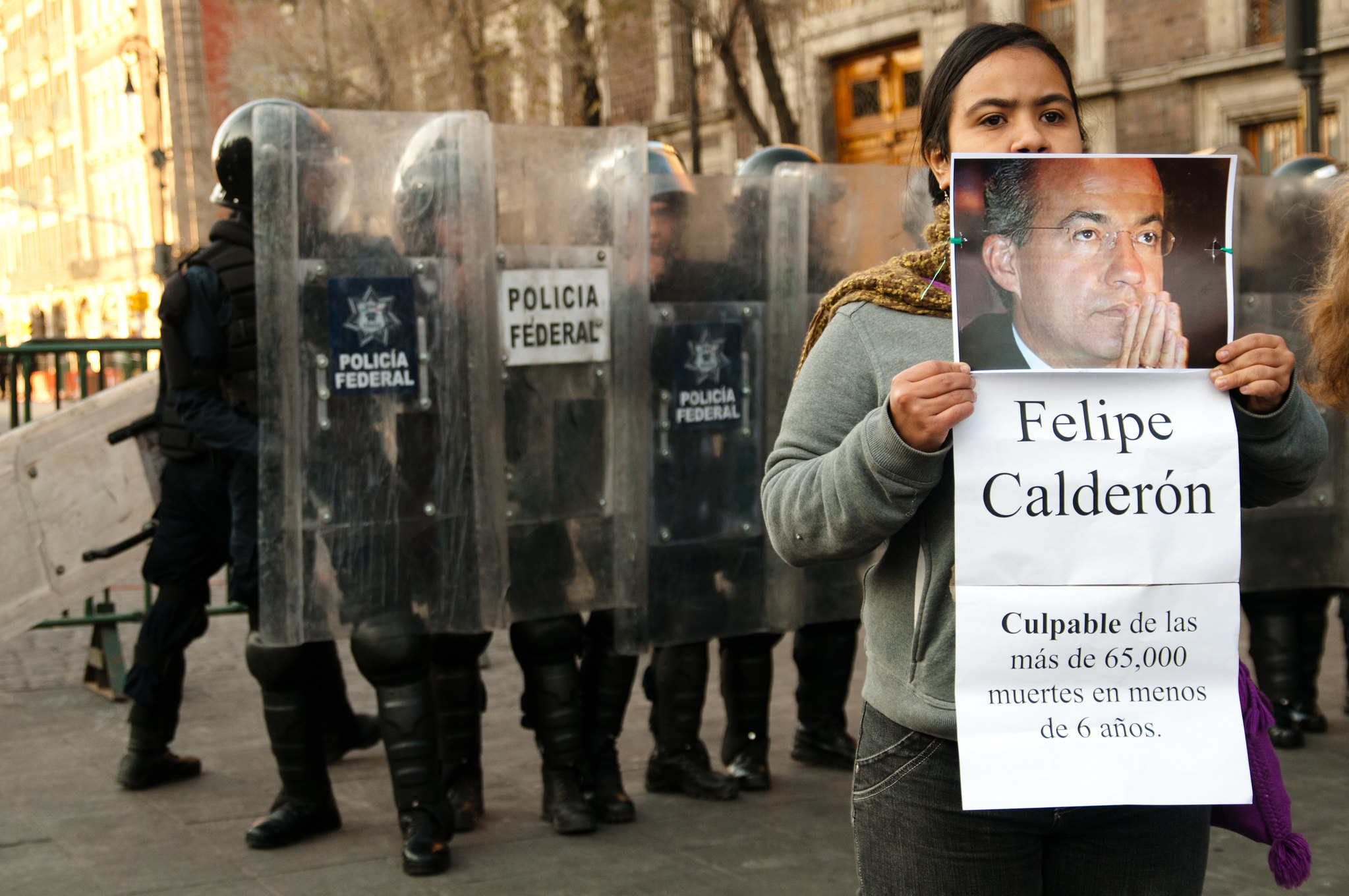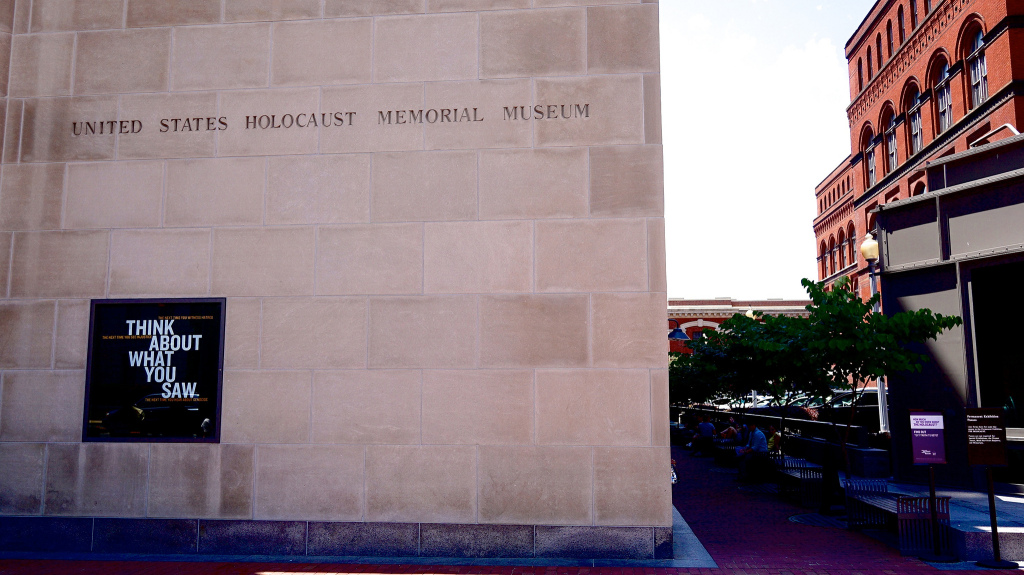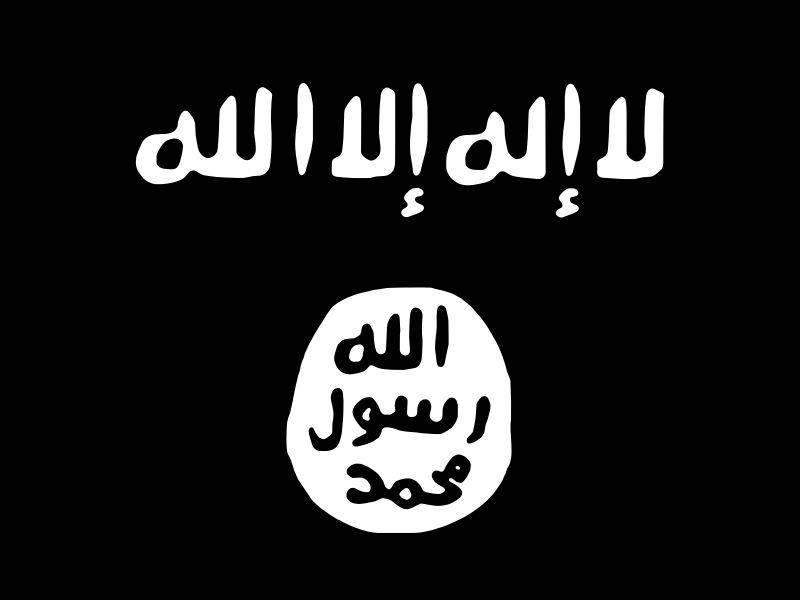Guest post by Allan Gillies
This post is part of a series on illicit economies, organized crime, and extra-legal actors and came out of an IGCC-sponsored conference hosted in October 2022 by the Center for U.S.-Mexican Studies at UC San Diego’s School of Global Policy and Strategy.
The recent trial of Genaro García Luna in New York City highlighted the reach of drug corruption into the highest echelons of the Mexican state. Luna was given a leading role in President Felipe Calderón’s drug war from 2006. Bolstered by billions of dollars in US counterdrug aid, the Mexican authorities waged war on organized crime. Luna’s conviction revealed that drug war policies were accompanied by secret side deals with criminal groups. Mexico’s former Secretary of Public Security took millions of dollars in payments from the Sinaloa Cartel, providing protection and information for their drug trafficking operations.
For individuals, corruption may be understood as an act of greed or fear—the infamous narco ultimatum of “plata o plomo.” The systemic nature of corruption, though, suggests that corruption is driven by more than individual motives. The relationship between high-level government actors and organized crime is often more complex, driven not only by criminal goals, but political interests. The history of the cocaine trade in Bolivia provides numerous insights into this dynamic.
The Bolivian cocaine economy grew exponentially across the 1970s and 1980s. Coca grown in the Andean subtropics by rural communities was processed into low-grade coca paste by local trafficking organizations, and sold to Colombian partners, primarily in Pablo Escobar’s Medellín export syndicate. The Bolivian leg of the Andean drug trade was estimated to be worth 12.8 percent of the country’s GDP by 1988. The power and wealth of Bolivia’s organized crime sector was so great, in fact, that drug trafficker Roberto Suárez—dubbed the King of Cocaine—offered to pay off the country’s national debt in 1983. Unlike Colombia in the 1980 and 1990s or present-day Mexico, though, Bolivia’s drug trade remained relatively peaceful. State-narco networks—relationships of financial and political patronage between government officials and organized crime—are crucial to explaining the distinct Bolivian experience.
State-narco networks were rooted in Bolivia’s military-authoritarian period (1964–1982) and the political interests of regime leaders. The regimes of René Barrientos, Hugo Banzer, and Luis García Meza used wealth extracted from the drug trade to build their political base. Support within the military, for example, was strengthened by granting lands to officers in the remote Beni region. As Beni became a vital stop-off point for drug flights to Colombia, military officers developed deep interests in the drug trade. Agribusiness elites in Santa Cruz diversified into cocaine ventures when prices for cotton collapsed in the 1970s. Soft loans from the state-backed Banco Agricola Bolivia facilitated this shift, as President Banzer sought to shore up his political base in the Bolivian lowlands. The US prioritized Cold War goals, turning a blind eye to the indiscretions of its anti-communist military allies.
For organized crime groups, these networks offered significant financial benefits. Sharing illicit profits with state officials bought protection from enforcement and rival groups, and increased revenue. All this brought stability and predictability to the cocaine economy, as competition between rival groups was managed through these informal governance structures. Mirroring the state-sponsored protection rackets of PRI-era Mexico [the Partido Revolucionario Institucional ruled in Mexico for 70 years until 2000], violence in the drug trade was controlled as a result.
Bolivia’s democratization in 1982 threatened to destabilize these systems. Elections diffused political power away from the military, while democratic government promised a stronger rule of law, accountability, and transparency. As in many other countries, democracy created uncertainty for Bolivian organized crime by disrupting state protection. In Mexico, this uncertainty incentivized criminal groups to use violence to defend business interests. However, Bolivia avoided a similar fate.
Bolivian state-narco networks adapted to the dimensions of the new democratic politics, as drug traffickers formed linkages with the military, police, and political parties. These more diffuse networks mediated competition between criminal groups and reduced violence in the cocaine economy. This time, though, state-narco networks also held significance to the fate of democratization.
Civilian political leaders of the period continued to fear coup d’état and a return to military rule. To keep the military onside, narco-corruption within the institution went largely unchallenged. The police, meanwhile, were viewed as an institutional counterweight to the power of the military. Politicians courted the support of the police through increased funding and autonomy from civilian control. This autonomy allowed the police to deepen their interests in the drug trade. Finally, corruption scandals involving the main political parties threatened the legitimacy of civilian leaders and were used by the US government—now heavily focused on the “war on drugs”—to exert political pressure. Within this context, a tacit vow of silence was adopted by the political elite to keep state-narco networks out of the spotlight and democratization on track.
Drug corruption is driven by much more than simply personal greed or fear. As Bolivia and other countries show, from Brazil and Mexico to Colombia and beyond, it is often deeply rooted in political practices that shape who holds power and how it is exercised. State-narco cooperation and corruption, though it erodes democracy, may also disincentivize the use of violence by organized crime groups. Indeed, Sinaloa Cartel enforcer Sergio Villarreal Barragán—el Grande—testified in Luna’s case that the group’s close relationship with the police helped to reduce the murder rate in 2007. What should we make of this uncomfortable trade-off? Policymakers must be alert to the unintended consequences of counterdrug interventions. Dismantling corrupt structures at the heart of government may destabilize illicit drug economies and provoke heightened violence.
Allan Gillies is a lecturer at the School of Social and Political Sciences, University of Glasgow.







